UDRS : The 2.5 Meter rule
Ganeshbabu Venkat |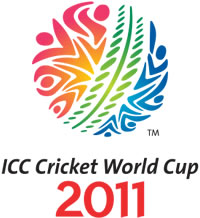
UDRS is one of my favorite topics in cricket and yet again the much maligned system came under the radar during the most exciting game of the World Cup so far.
The match was on a knife’s edge at the start of the 25th over of the English chase. Yuvraj Singh struck Ian Bell, let out a vociferous appeal only to be denied by Billy Bowden. India were forced to play the hand that they loath. Use UDRS. Everything seemed to be alright and even the crowd let out a roar and even Bell had walked half way toward the change rooms. However there was another variable everyone had to contend with the 2.5 meter rule.
The playing conditions state the following
3.3. The process of consultation
iii) With regard to determining whether the ball was likely to have hit the stumps:
If a not out decision is being reviewed, in order to report that the ball is hitting the stumps, the evidence provided by technology should show that the centre of the ball would have hit the stumps within an area demarcated by a line drawn below the lower edge of the bails and down the middle of the outer stumps.
However, in instances where the evidence shows that the ball would have hit the stumps within the demarcated area as set out above but that the point of impact is greater than 250 cm from the stumps and/or that the distance between the point of pitching and point of impact is less than 40cm, the third umpire shall notify the on-field umpire of:
a) The distance from the wickets to the point of impact with the batsman
b) The approximate distance from point of pitching to point of impact
c) Where the ball is predicted to hit the stumps.
In such a case, the on-field umpire shall have regard to the normal cricketing principles concerning the level of certainty in making his decision as to
whether to change his decision.
Interestingly the 2.5 meter rule applies only when the decisions being reviewed are not out. The following para states what needs to be done in case of a out decision being under review
If an “out” decision is being reviewed, in order to report that the ball is missing the stumps, the evidence of the technology should show that no part of the ball would have made contact with any part of the stumps or bails.
clearly no mention of the rule at all.
Looking at these two statements, It is the system that has failed here yet again especially when you adulterate technology with some bizarre rule like this. Had Bell been given out by the umpire and had he referred it, the 2.5 meter rule would not have come in to the picture and he would have been sent packing.
That brings an interesting debate, If hawkeye is predicting that the ball would hit the centre of the middle stump, why have this 2.5 meter rule at all? Of course we can argue that a batsman could hypothetically be at the centre of the pitch and hawkeye could still predict that ball was going to hit the stumps and hence the rule, then why is it not 2.4 or 2? Who decides this arbitrary number?
These are some serious gaps in the way the system is defined and now it makes sense why India is so averse to the UDRS. Another serious flaw is the “on field
call stays”. If we are using technology it’s either out or not out. Simple binary, Why have a human element in the mix? Potentially the Bell situation could have had two different outcomes
1) Bowden giving him not out – India referred and decision statys becuase of 2.5M – That is what happened in this instance.
2) Bowden giving him out – Bell refers and decision still stays as out.
This is nothing but a classic case of a system failing for the very purpose it was designed when we could have two outcomes based on a human call. Hopefully ICC can give some serious thoughts to this issue to eliminate these blatant anomalies.


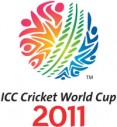
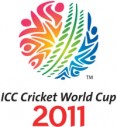
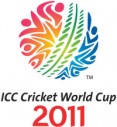
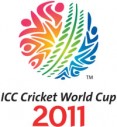
Leave a comment